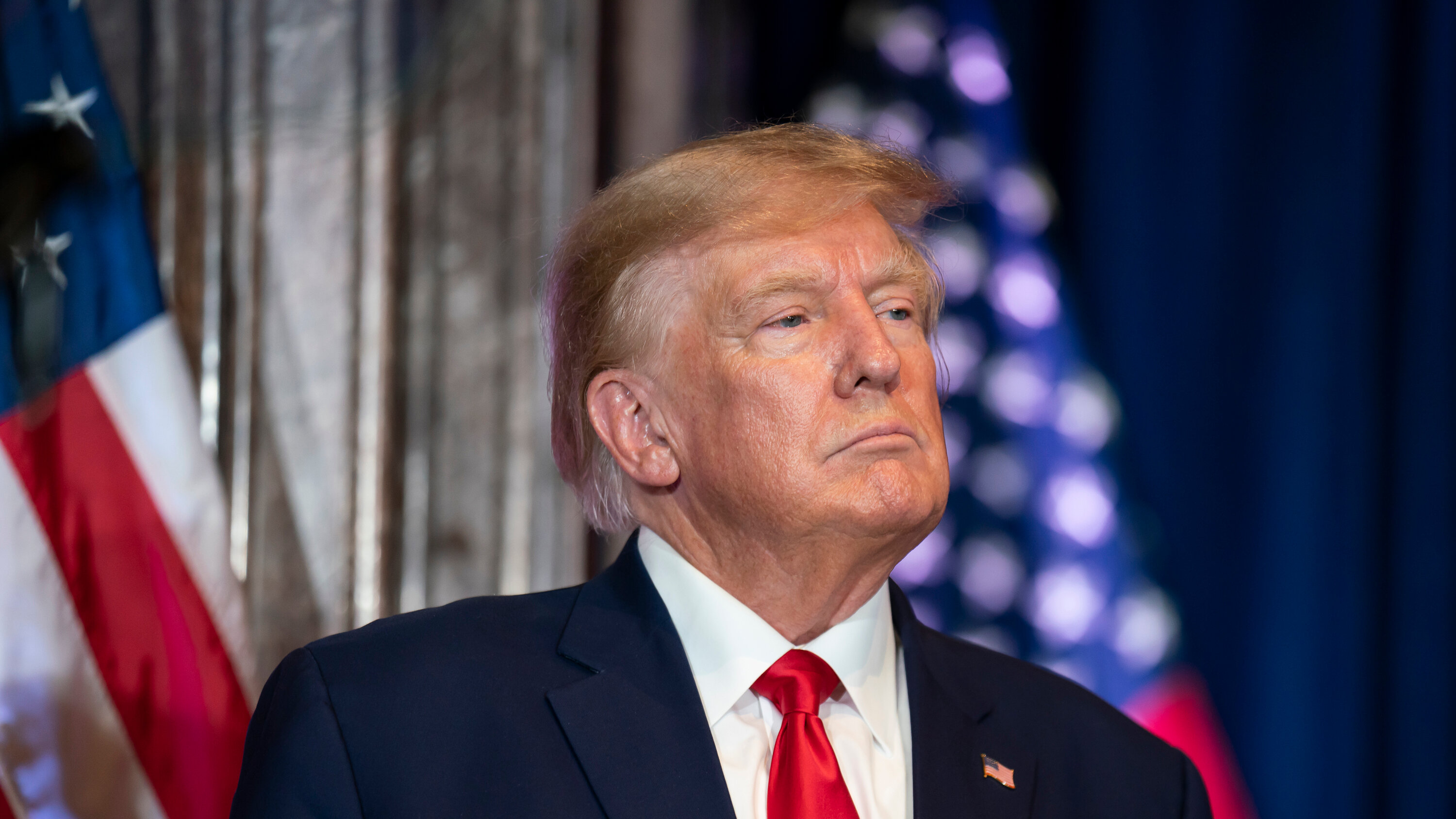The question of why Donald Trump, the 45th President of the United States, does not opt for a hair transplant has intrigued many people. This curiosity stems not only from his distinctive hairstyle but also from the broader context of celebrity grooming and personal image management. Trump's hair has become a subject of fascination, sparking debates, memes, and even scientific discussions. In this article, we will explore the potential reasons behind Trump's decision, the implications of hair transplants, and how they fit into the cultural narrative surrounding male grooming.
Throughout his public life, Trump has maintained a unique hairstyle that has drawn both admiration and ridicule. As a public figure, his appearance plays a significant role in shaping his brand, which raises the question: is a hair transplant a viable option for him? In an age where personal image is meticulously curated, understanding the psychological and social factors at play can provide valuable insights into this decision. This article aims to dissect these elements while providing a comprehensive overview of hair transplants as a cosmetic solution.
By delving into the world of hair restoration, we can better understand why some choose to undergo procedures, while others, like Trump, seem to embrace their natural state. The conversation around hair loss and restoration is not merely about aesthetics; it touches on issues of identity, self-esteem, and societal expectations. Join us as we navigate this complex topic and uncover the nuances behind Trump's hair choices.
Table of Contents
- Biography of Donald Trump
- Understanding Hair Transplants
- Psychological Factors Behind Hair Restoration
- Cultural Perception of Male Grooming
- Trump’s Unique Hair Style
- Medical Considerations
- Financial Aspects of Hair Transplants
- Conclusion
Biography of Donald Trump
| Name | Donald John Trump |
|---|---|
| Date of Birth | June 14, 1946 |
| Nationality | American |
| Occupation | Businessman, Television Personality, Politician |
| Political Party | Republican |
| Presidency | 2017 - 2021 |
Understanding Hair Transplants
Hair transplants have become a popular solution for individuals experiencing hair loss. This medical procedure involves transferring hair follicles from one part of the body to another, typically from the back of the scalp to the front. Here are some key points to consider:
- Types of Transplants: The two main types of hair transplants are Follicular Unit Transplantation (FUT) and Follicular Unit Extraction (FUE).
- Success Rate: Hair transplants have a high success rate, with many patients reporting satisfactory results.
- Recovery Time: Recovery from a hair transplant typically takes a few weeks, during which patients experience some discomfort.
Psychological Factors Behind Hair Restoration
For many individuals, hair loss can lead to feelings of low self-esteem and anxiety. Understanding the psychological motivations behind hair restoration is crucial:
- Self-Image: Hair is often tied to personal identity; losing it can impact how individuals perceive themselves.
- Social Dynamics: Societal pressure to maintain a youthful appearance can drive people to seek cosmetic procedures.
- Confidence Boost: Many individuals report increased confidence after undergoing hair restoration.
Cultural Perception of Male Grooming
The conversation around male grooming has evolved significantly in recent years. Factors influencing this change include:
- Media Influence: Positive representations of male grooming in media have normalized procedures like hair transplants.
- Changing Norms: Societal expectations regarding male appearance have shifted, making grooming more acceptable.
- Ageism: As more men seek to combat the signs of aging, hair restoration has gained popularity.
Trump’s Unique Hair Style
Donald Trump's hairstyle has become iconic, characterized by its volume and distinctive hue. Some points to consider include:
- Brand Identity: Trump's hair is integral to his public persona, making a hair transplant potentially disruptive to his image.
- Public Perception: His hair has become a source of both mockery and admiration, showcasing the complex relationship with personal appearance.
- Personal Preference: Trump may prefer to embrace his natural hair, regardless of public opinion.
Medical Considerations
When considering hair transplants, various medical factors come into play:
- Health Status: A thorough medical evaluation is necessary to determine if a patient is a suitable candidate.
- Scalp Condition: The condition of the scalp can affect the success of the transplant.
- Age Factor: Age can influence both the decision to undergo a transplant and the expected results.
Financial Aspects of Hair Transplants
The cost of hair transplants can be a significant consideration for many individuals. Key points include:
- Average Costs: The cost of hair transplants can range from $4,000 to $15,000 depending on the extent of the procedure.
- Insurance Coverage: Most insurance plans do not cover hair transplants, making them an out-of-pocket expense.
- Long-Term Investment: For many, a hair transplant is seen as a long-term investment in their appearance and confidence.
Conclusion
In summary, the question of why Donald Trump does not get a hair transplant can be attributed to a myriad of factors including personal preference, psychological considerations, and the cultural context surrounding male grooming. While hair transplants offer a solution for many individuals facing hair loss, Trump's distinctive hairstyle has become a defining aspect of his public identity. As we consider the implications of such decisions, it is essential to recognize the broader societal narratives that influence individual choices.
We invite you to share your thoughts in the comments below. Have you ever considered a hair transplant? What are your views on personal grooming and image management? Additionally, feel free to share this article with others who might find it interesting!
Thank you for reading! We hope to see you back here for more engaging discussions on topics that matter.


